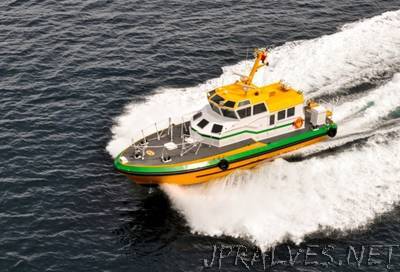
“For most of us, fluid dynamics and mechanics aren’t particularly significant — that is, until we’re white-knuckling it on a bumpy plane ride or trying to stay buoyant in unusually bubbly water. The way we navigate through air and water may one day be improved thanks to UC Santa Barbara researchers studying the complex properties and interactions of fluids. Fueled by multiple Multi-University Research Initiative (MURI) grants from the U.S. Department of Defense’s Office of Naval Research, the UCSB scientists may also gain insight into some of classical physics’ greatest mysteries. What happens when a bubble is generated under water? Or when it pops? For many of us this matter, called cavitation, is fairly esoteric, the stuff of musings when we take a frothy bath or blow soap bubbles for entertainment. But if you’re piloting a ship across the ocean, bubbles can take on new meaning. Far from being the insubstantial pockets of air that we think of when waves crash and create foam, they actually do harm to the vessel, have adverse effects on propulsion efficiency and drastically increase ship vulnerability. “Bubbles are responsible for quite a loss in propulsion efficiency,” said UCSB mechanical engineering professor Frederic Gibou. “And when you consider that about 90 percent of the world’s goods are transported by sea, any progress on ships’ efficiency will translate into significant reduction of our energy consumption.” Additionally, due to the enormous difference of pressure created when bubble jets flow through propeller blades, they actually damage the propeller and other parts of the ship. “Cavitation is used in medical science to break down kidney stones,” Gibou said. “This destructive power is thus great in this context, but not in the context of the Navy!””
